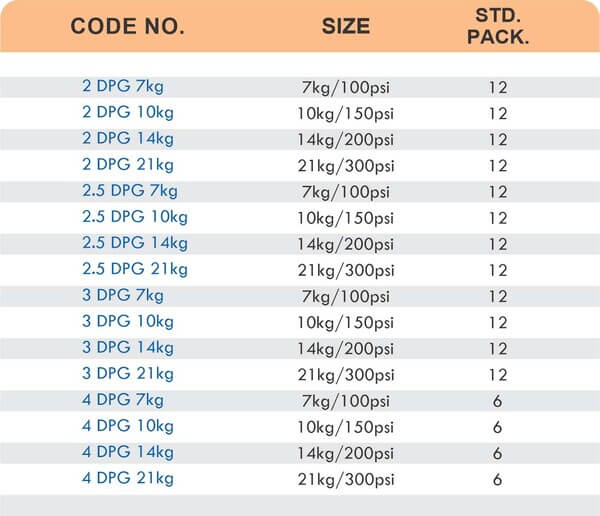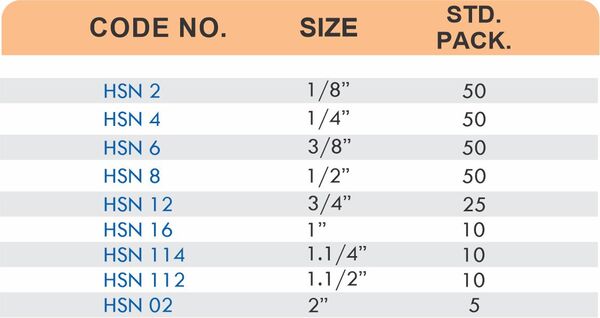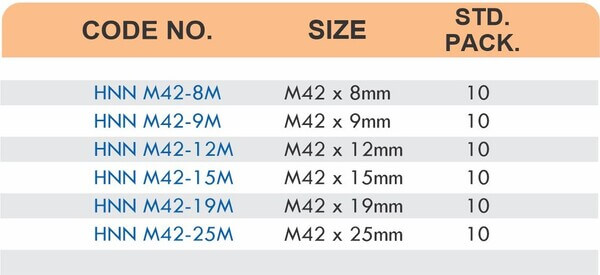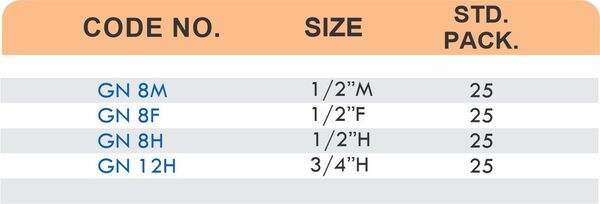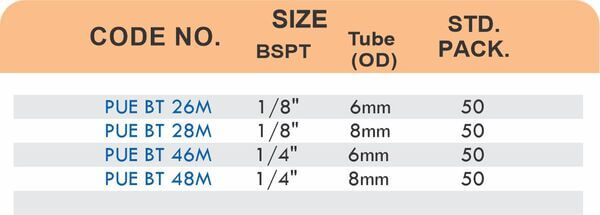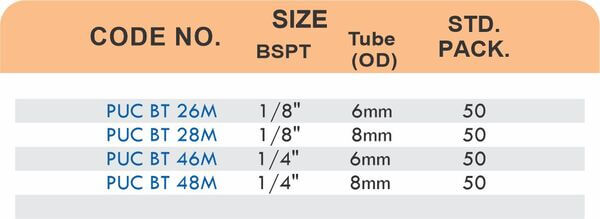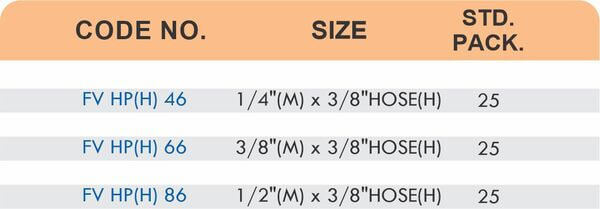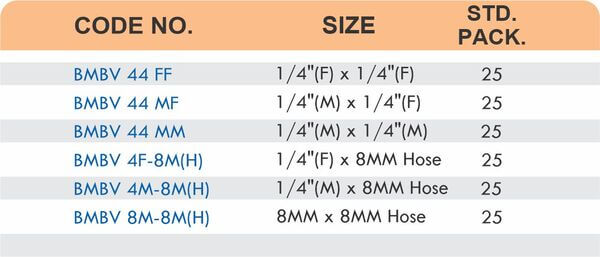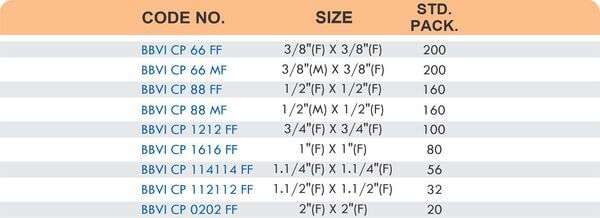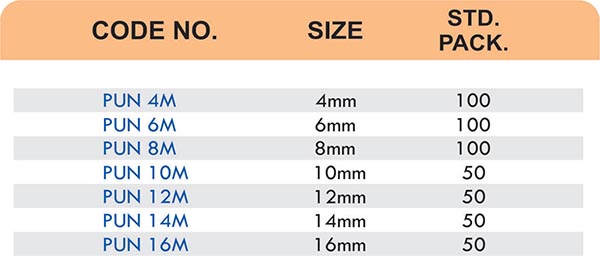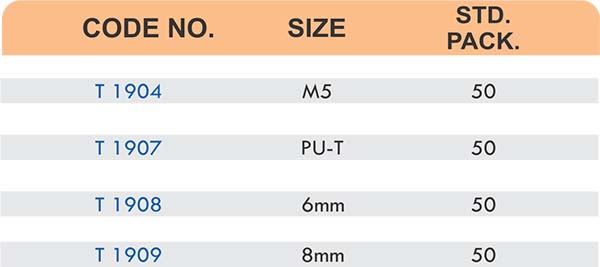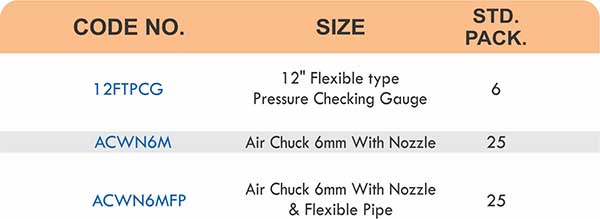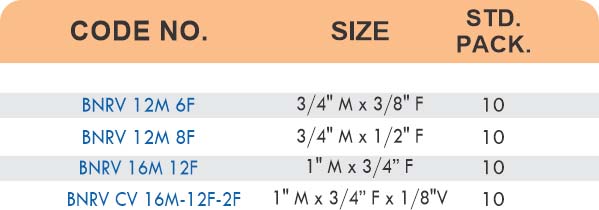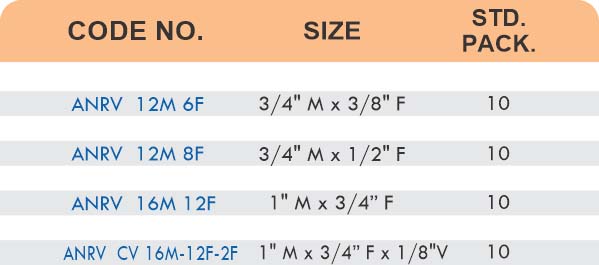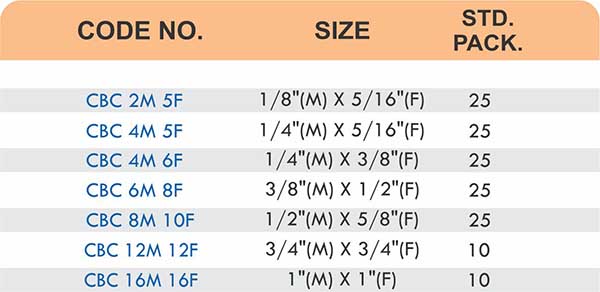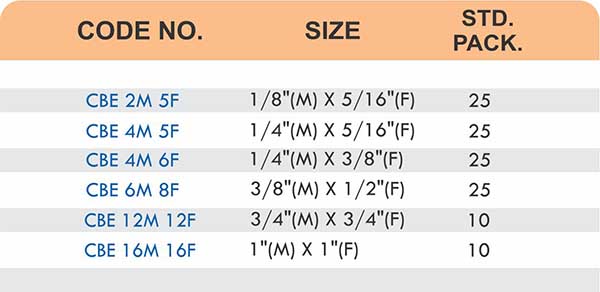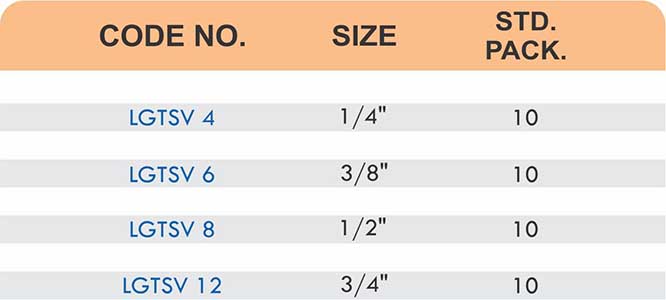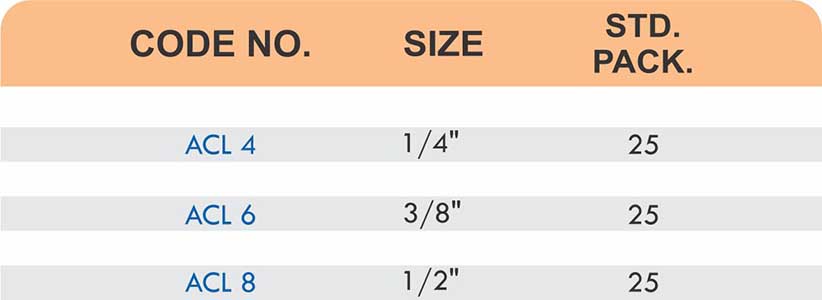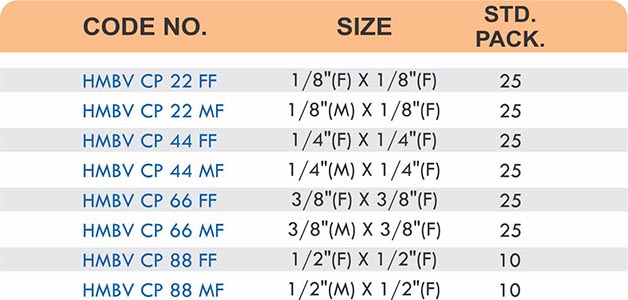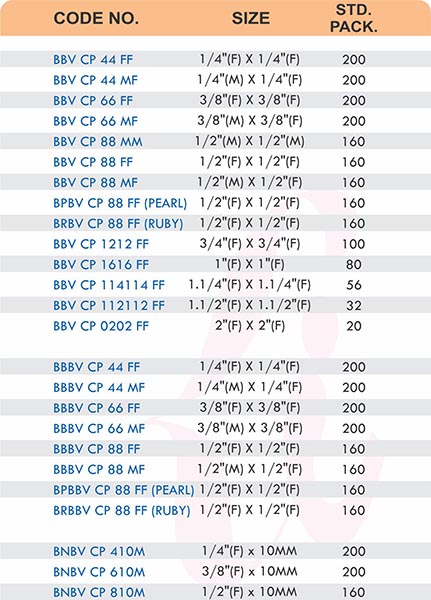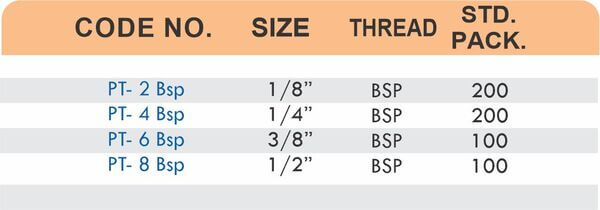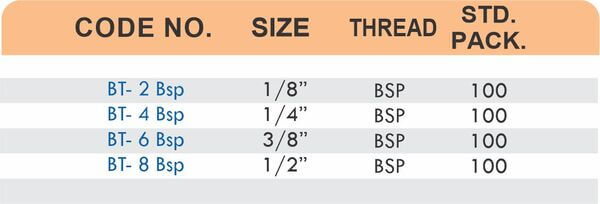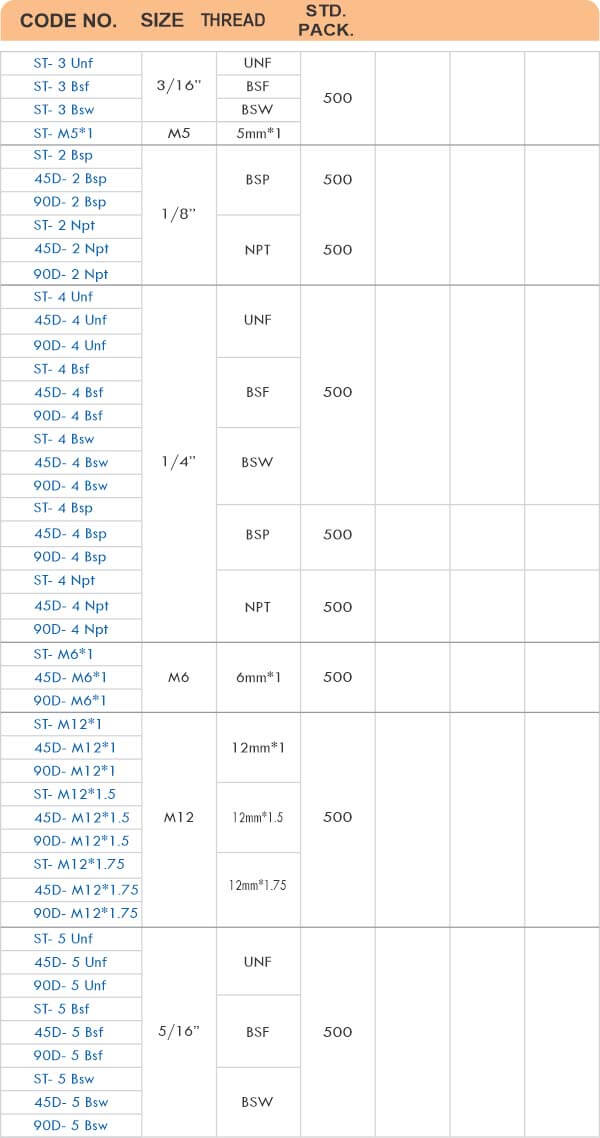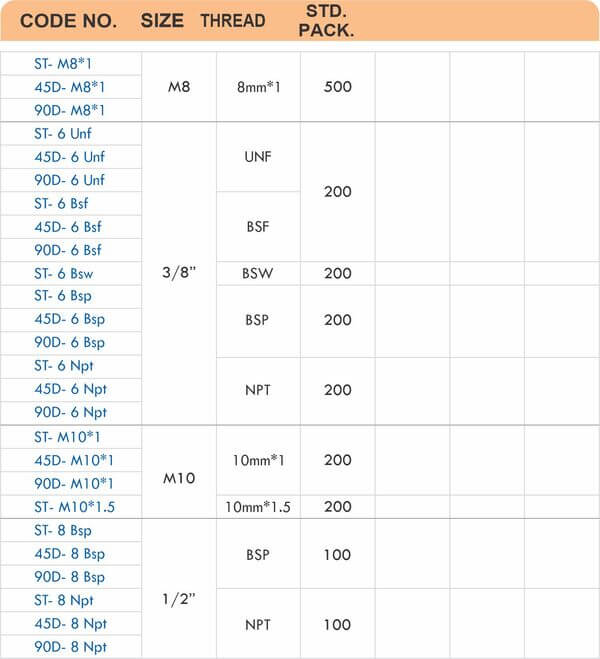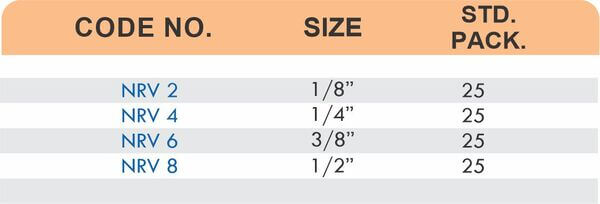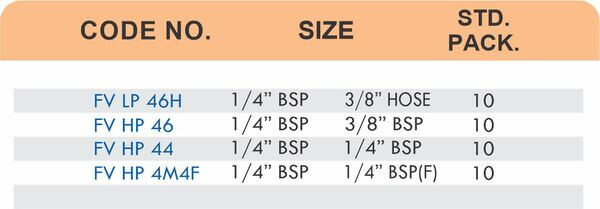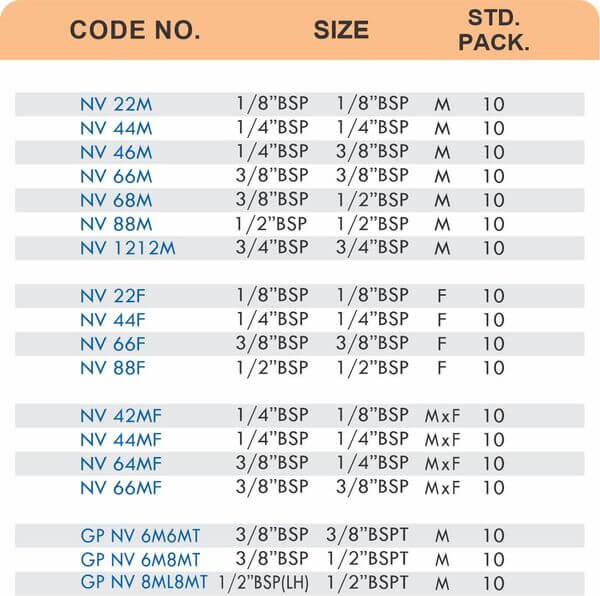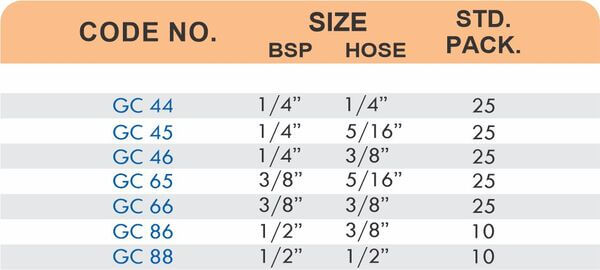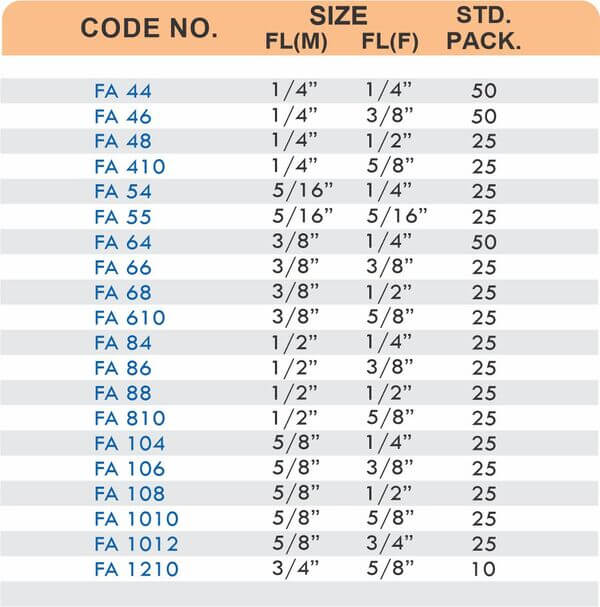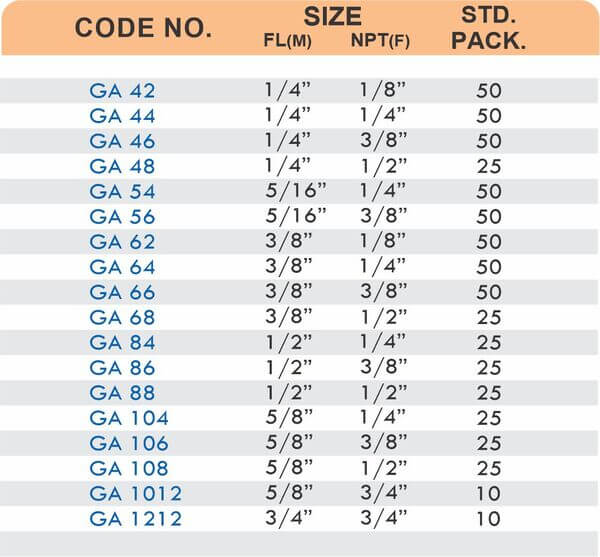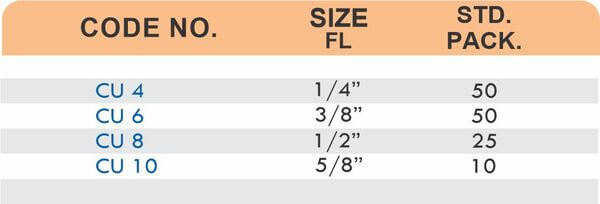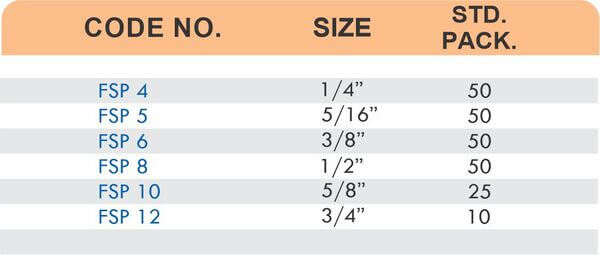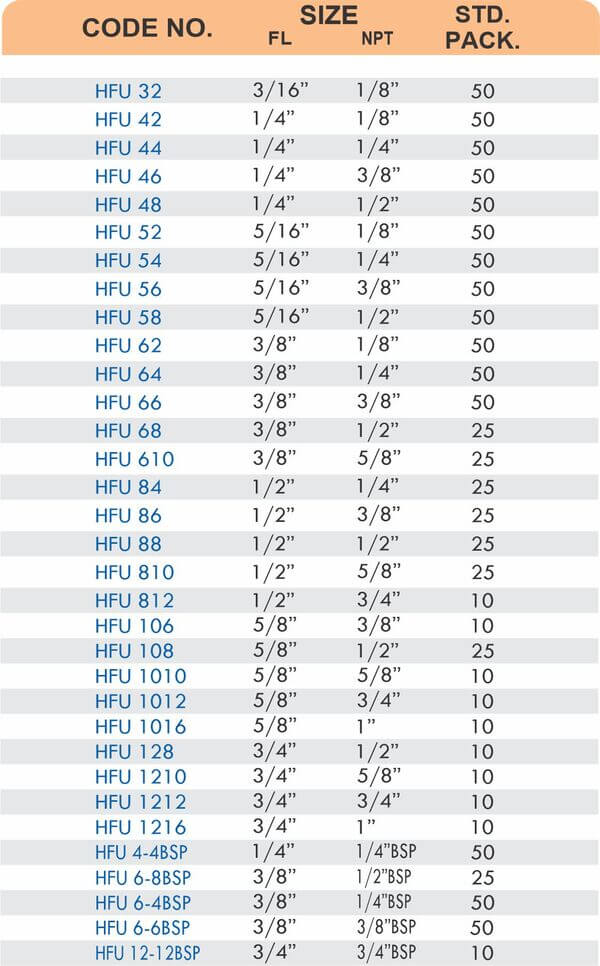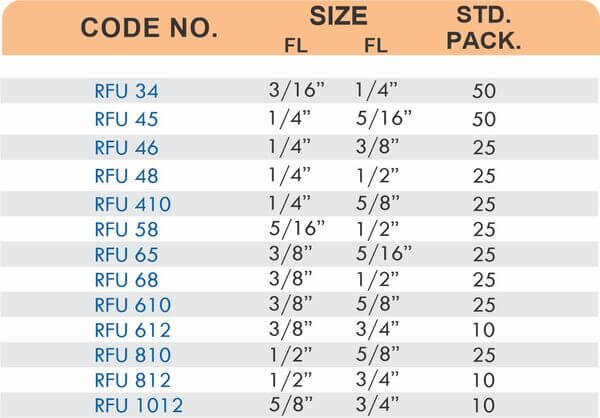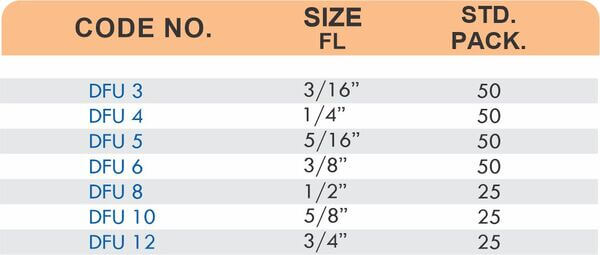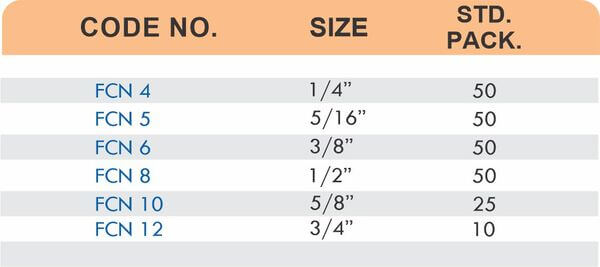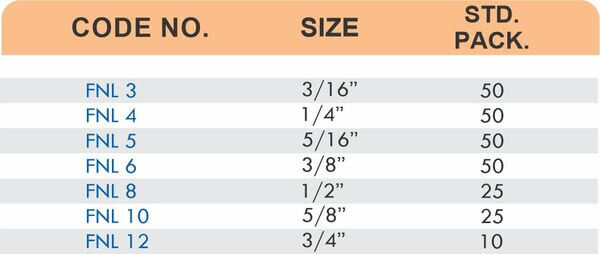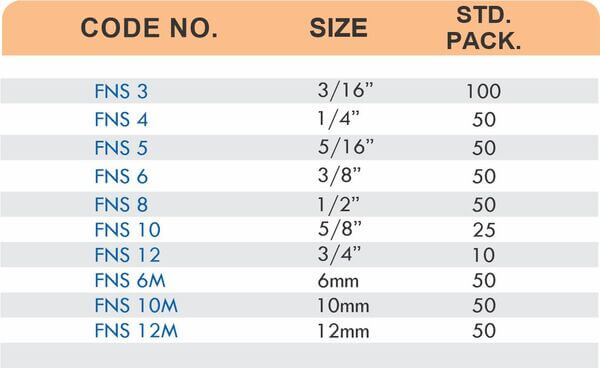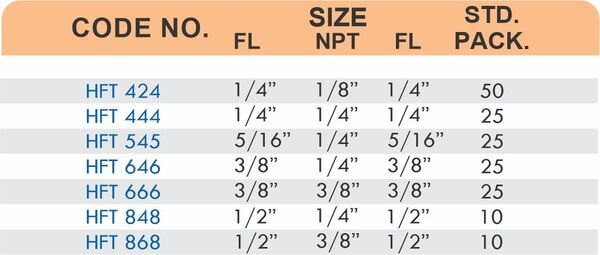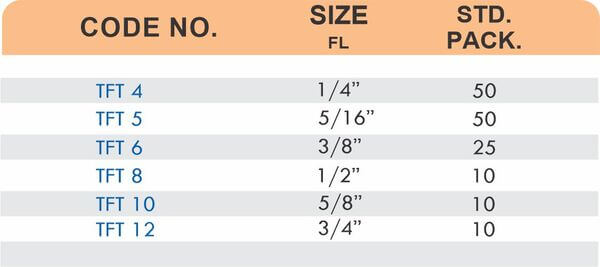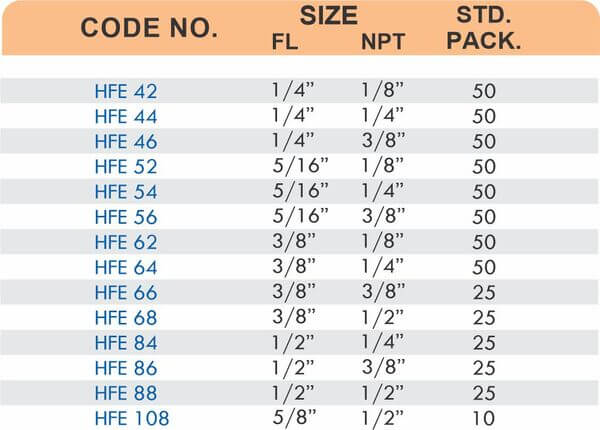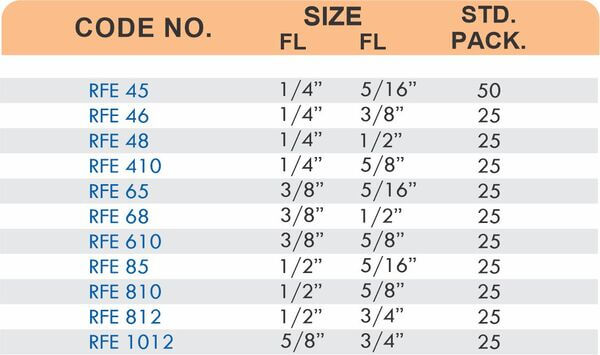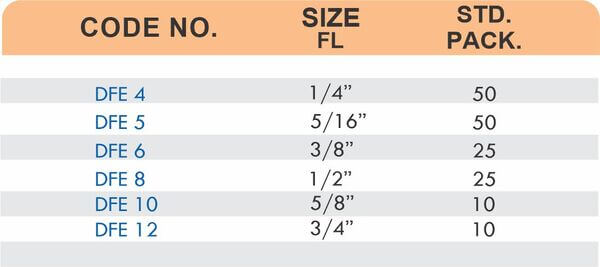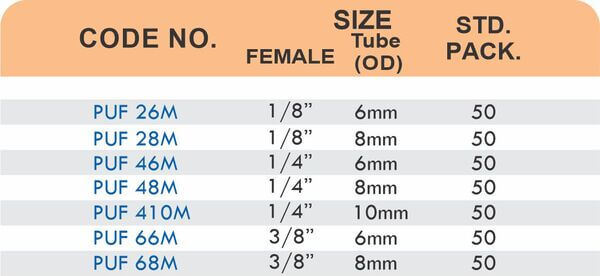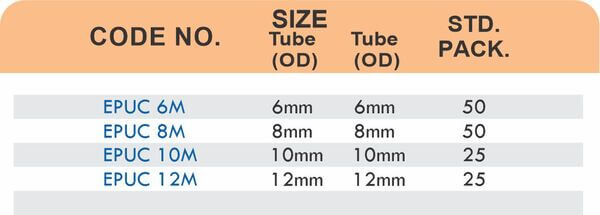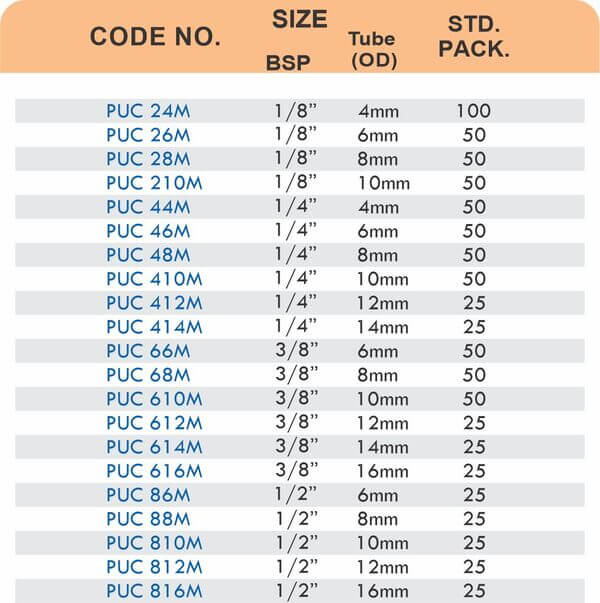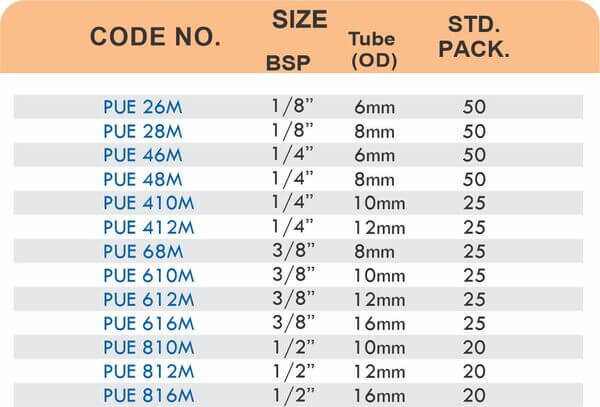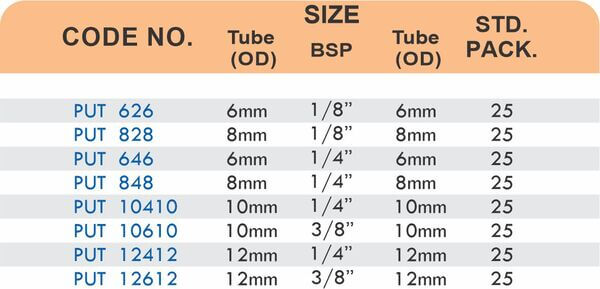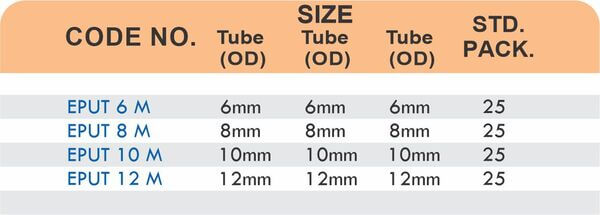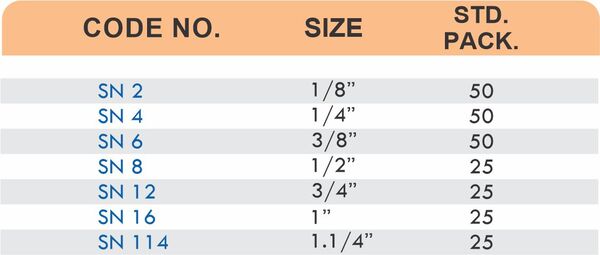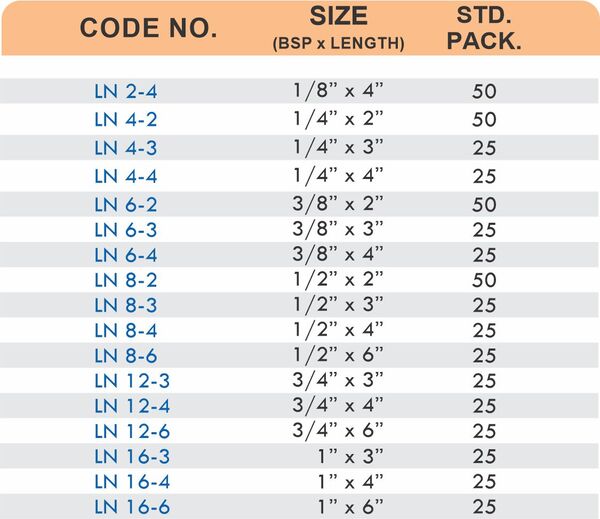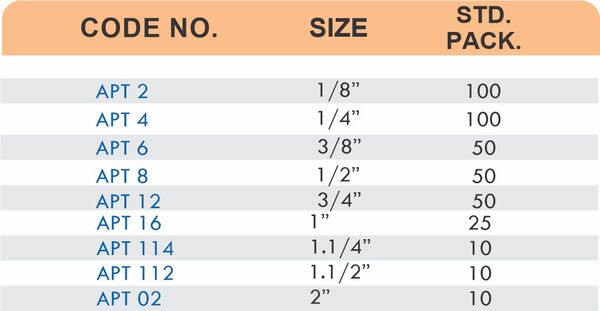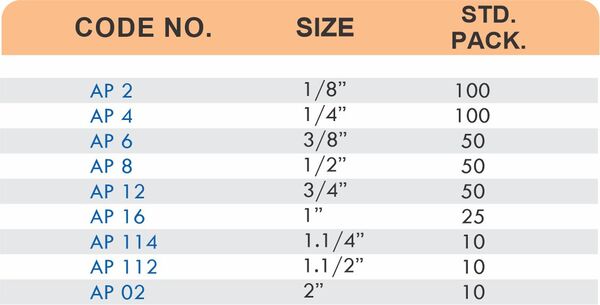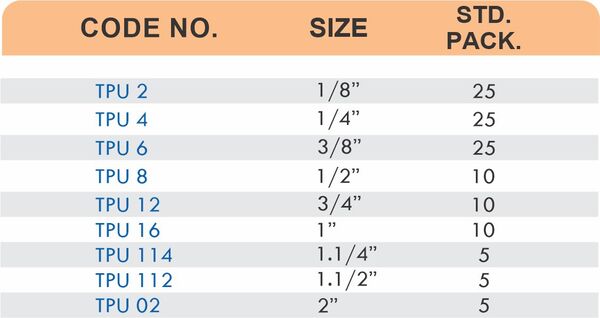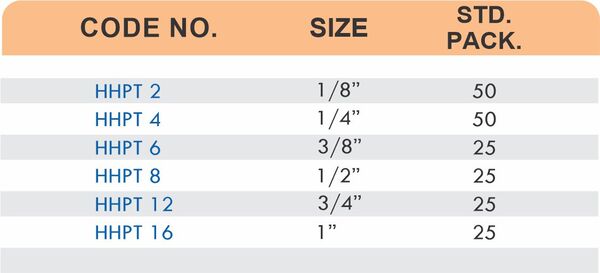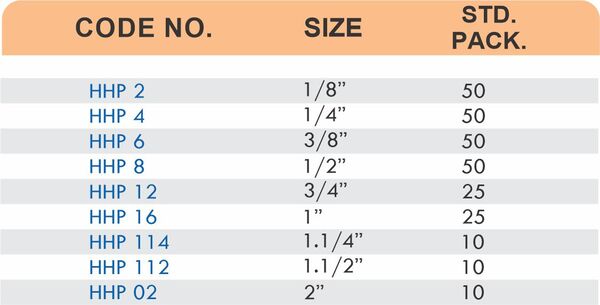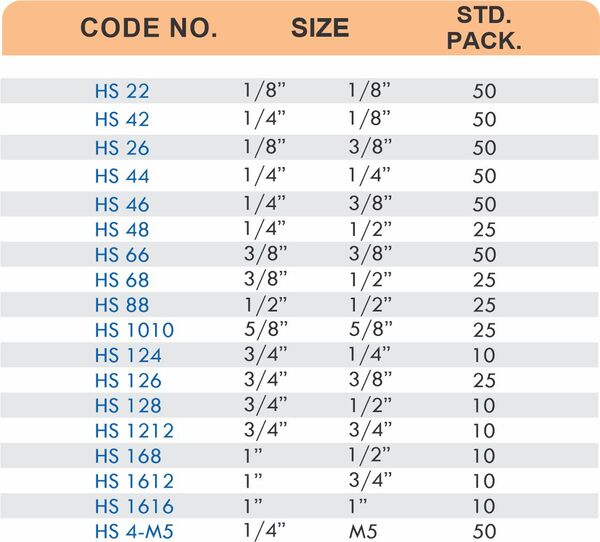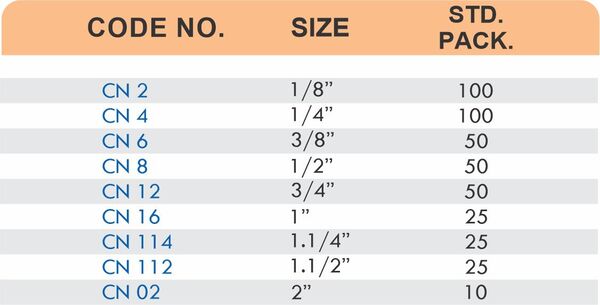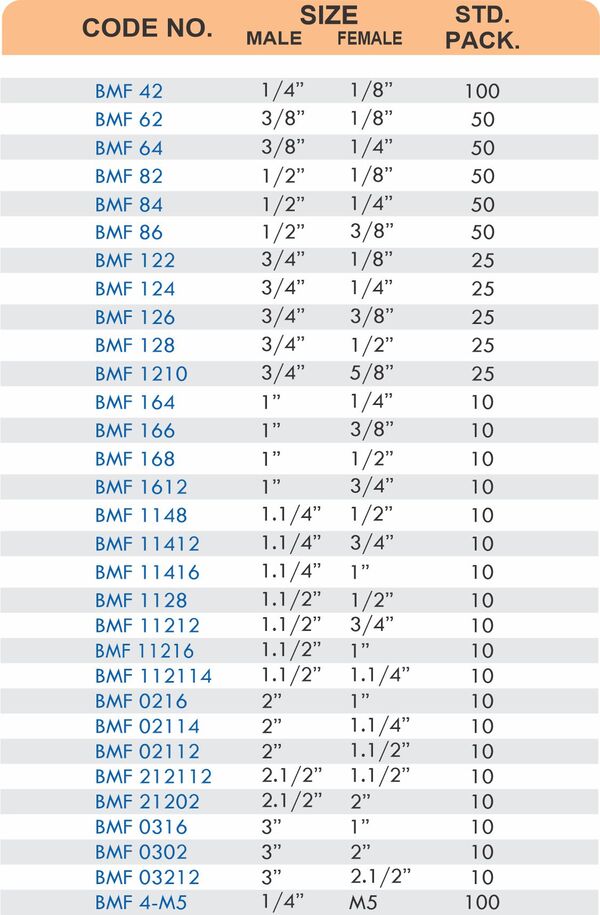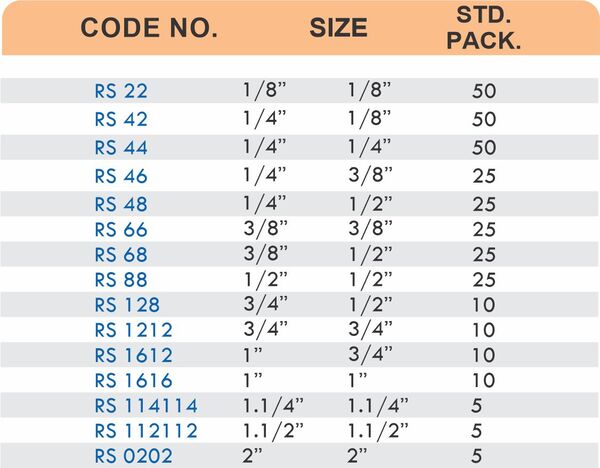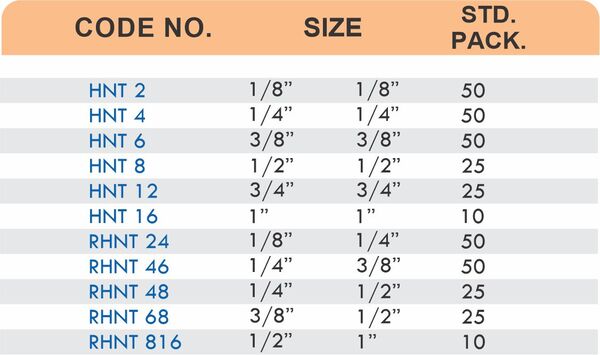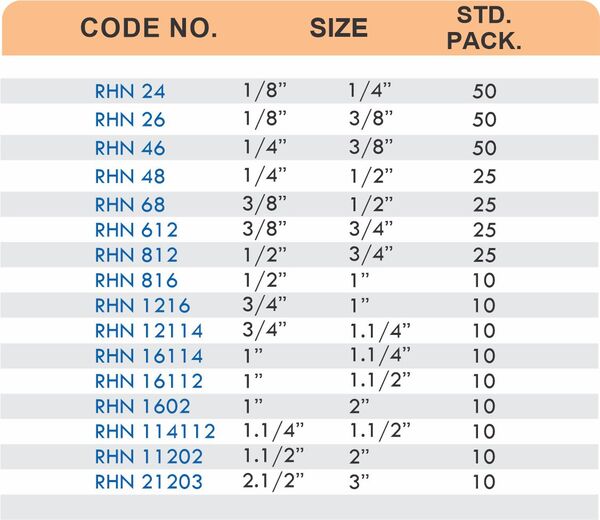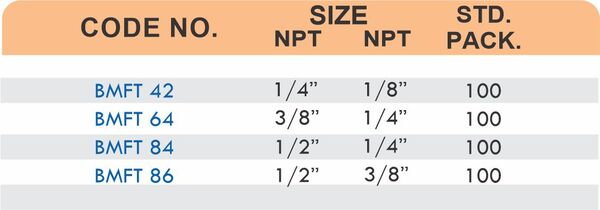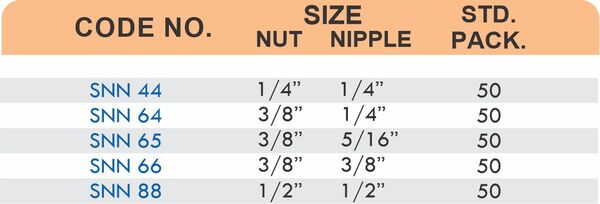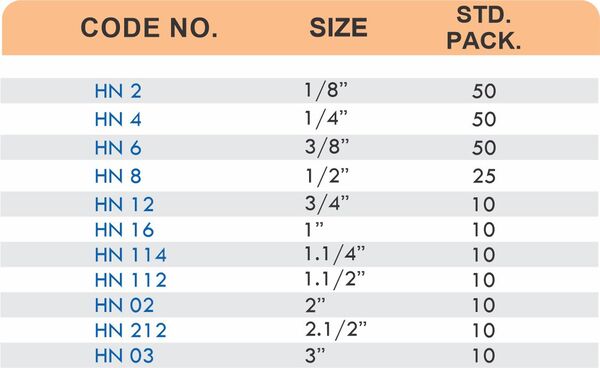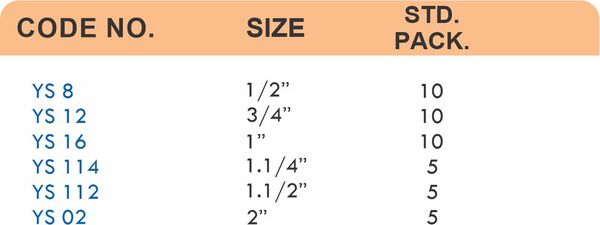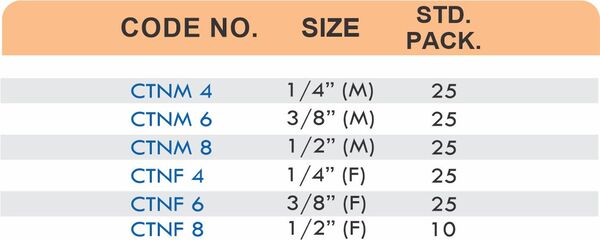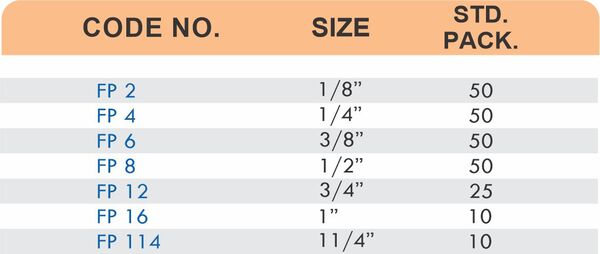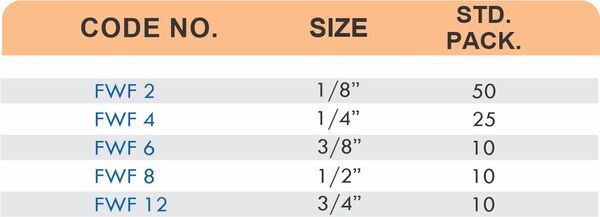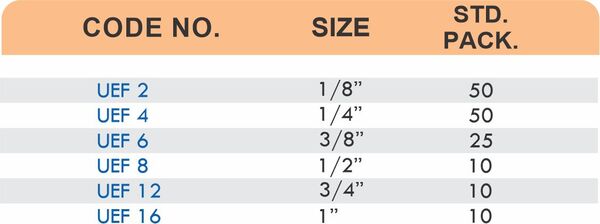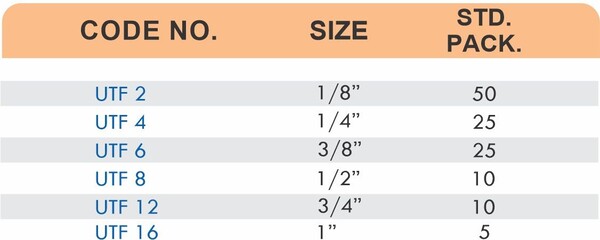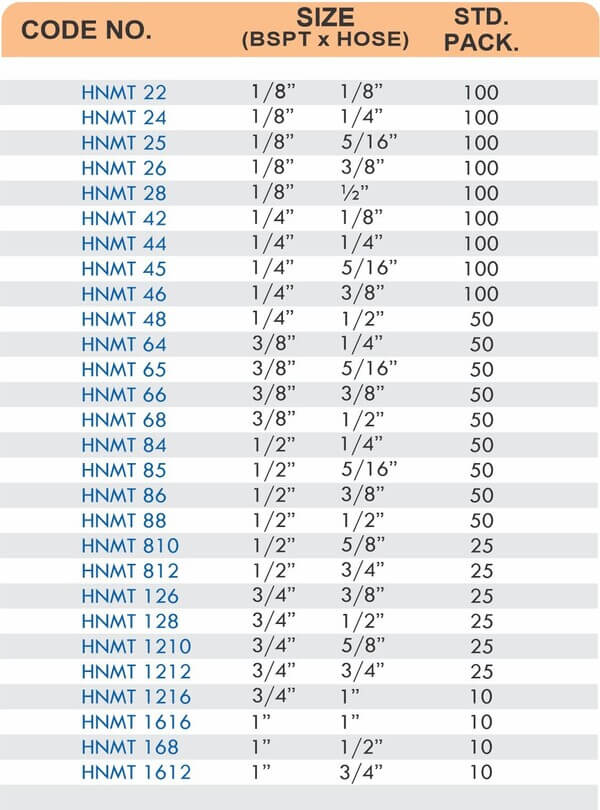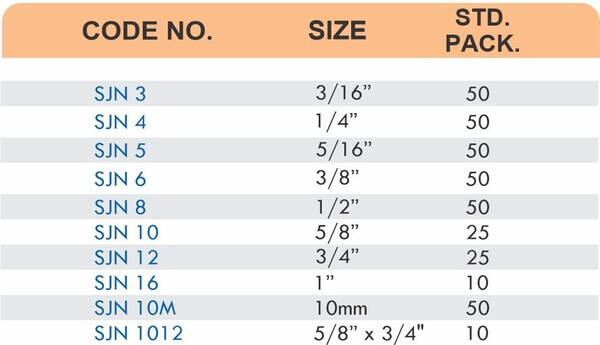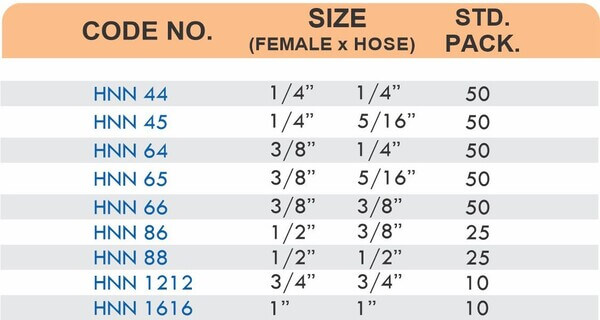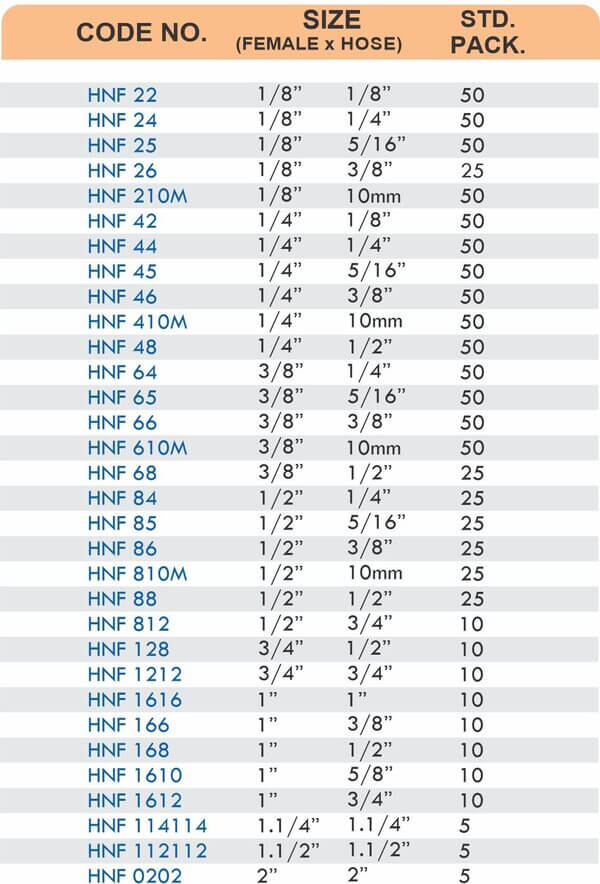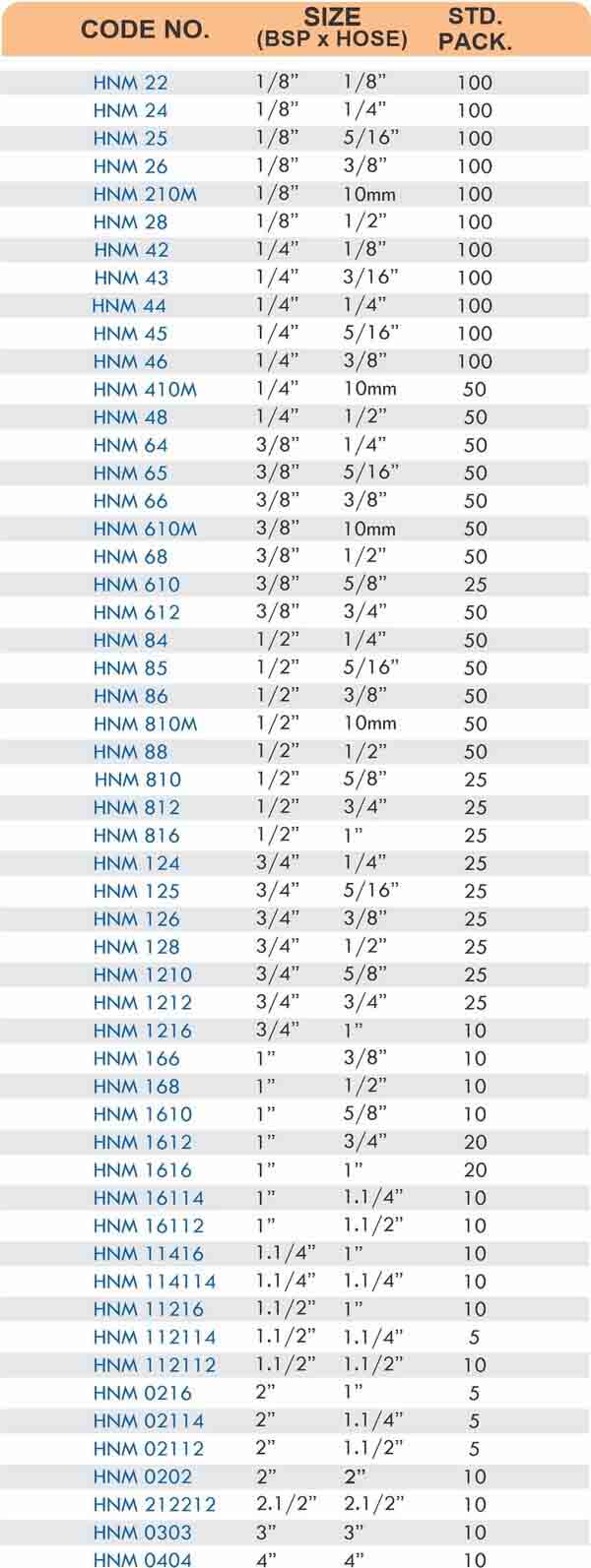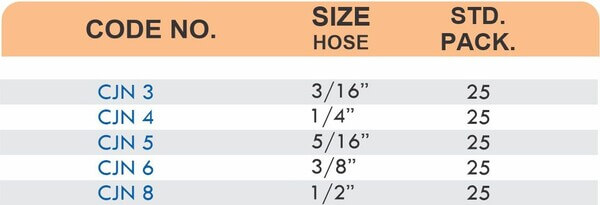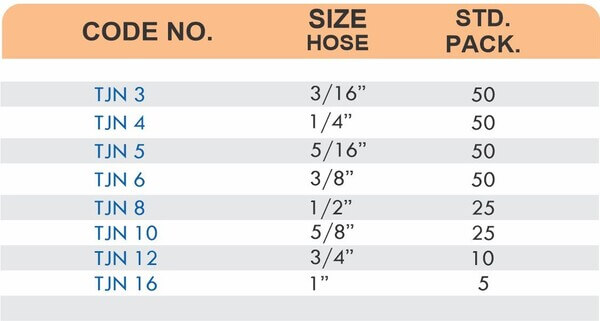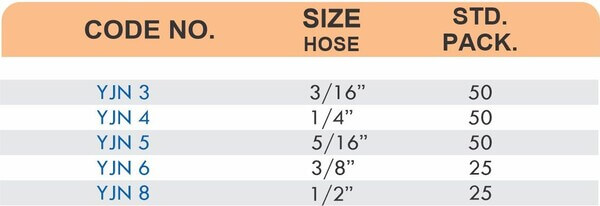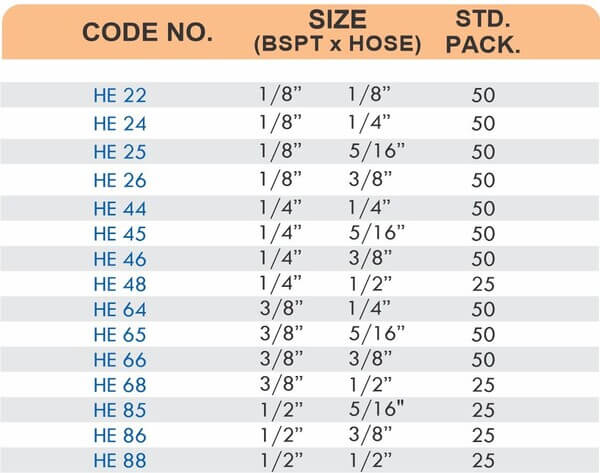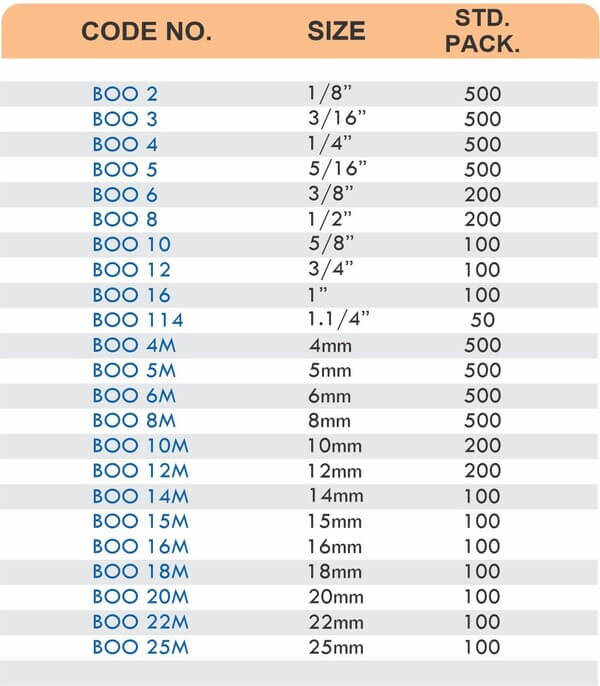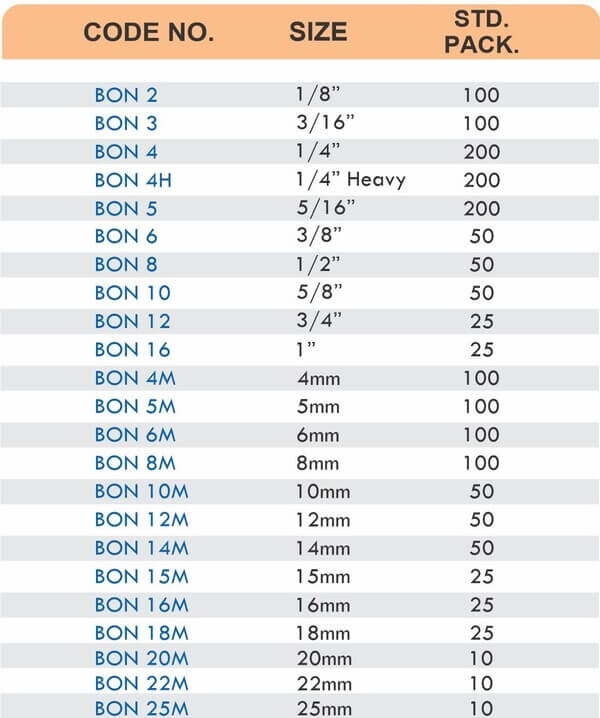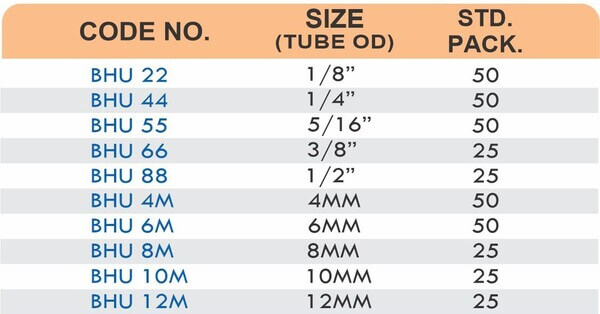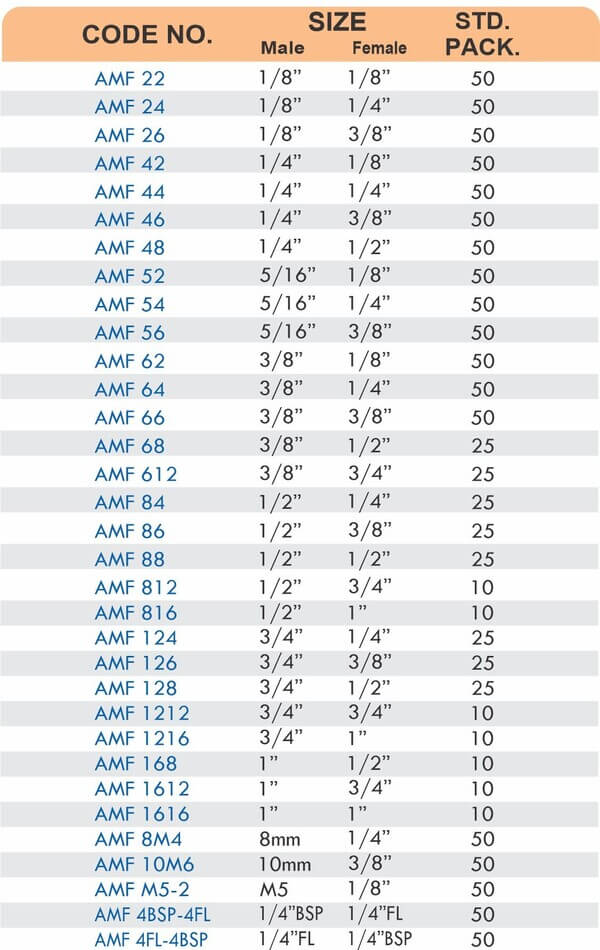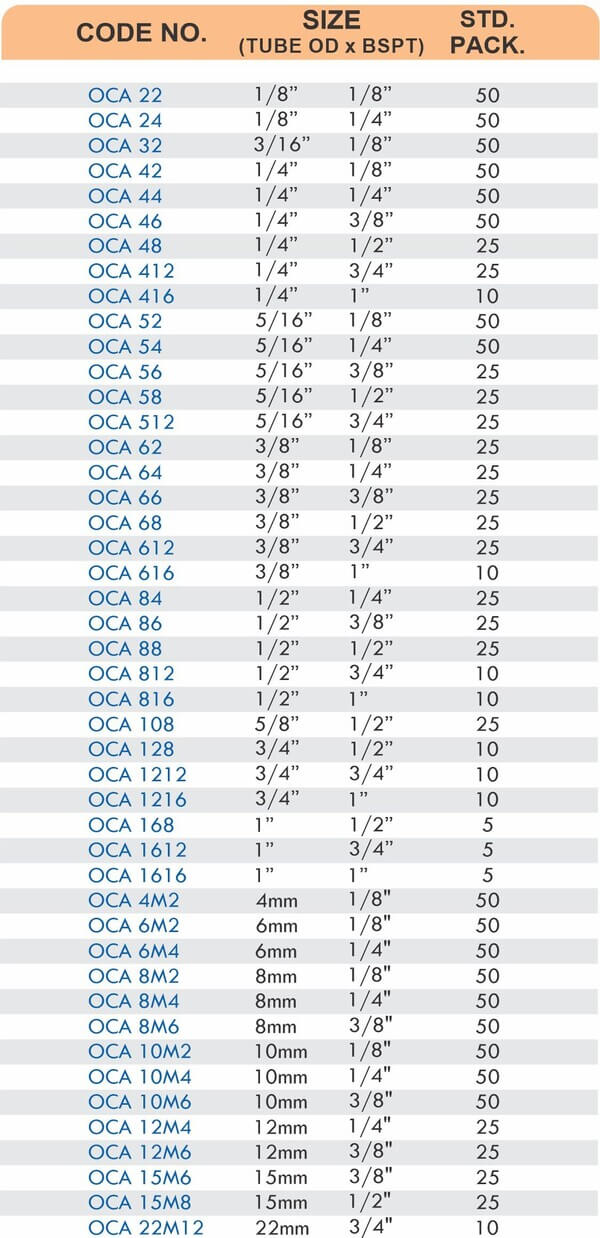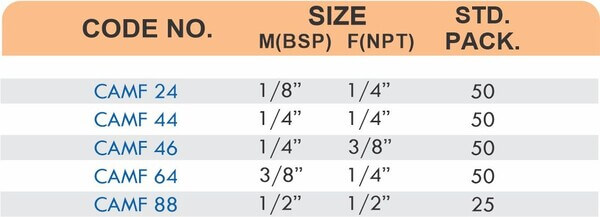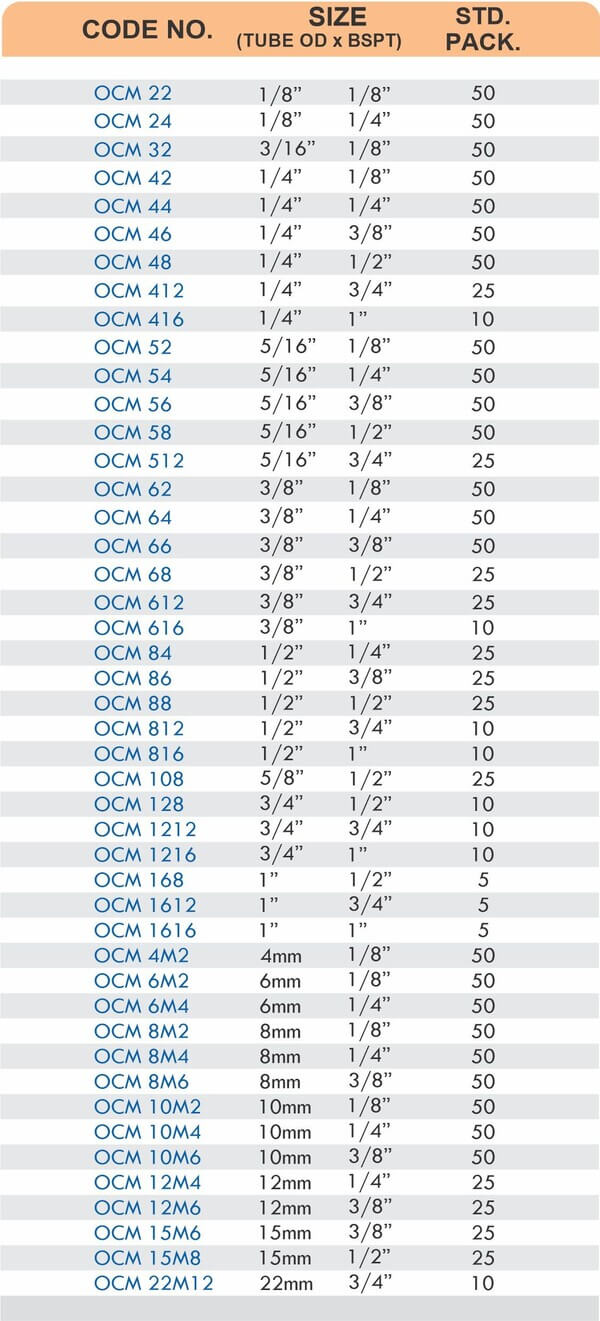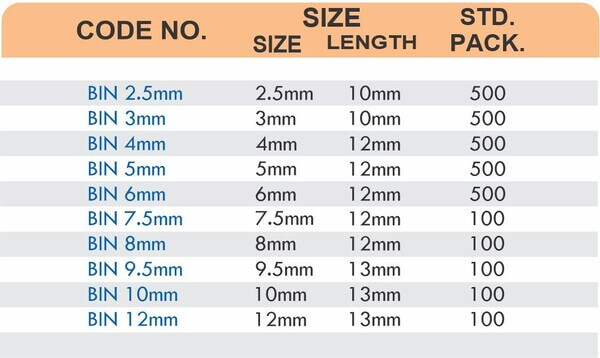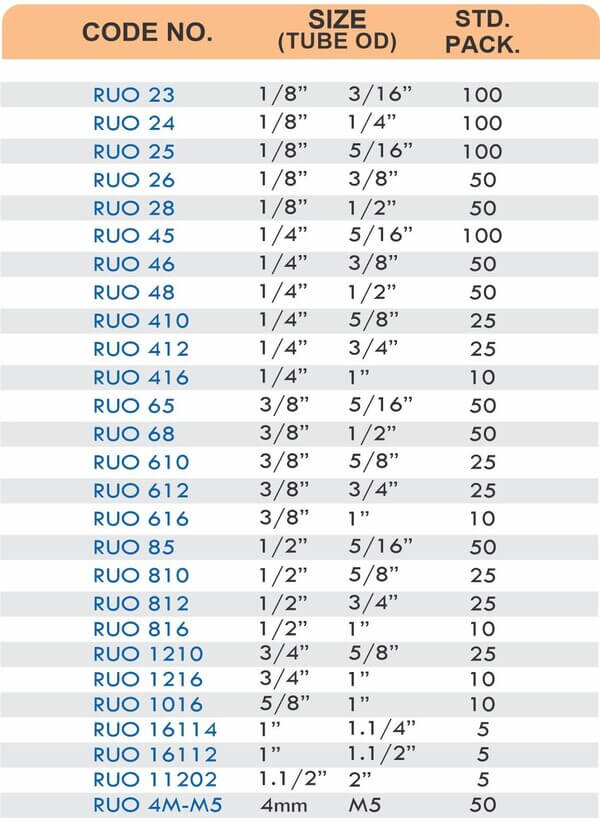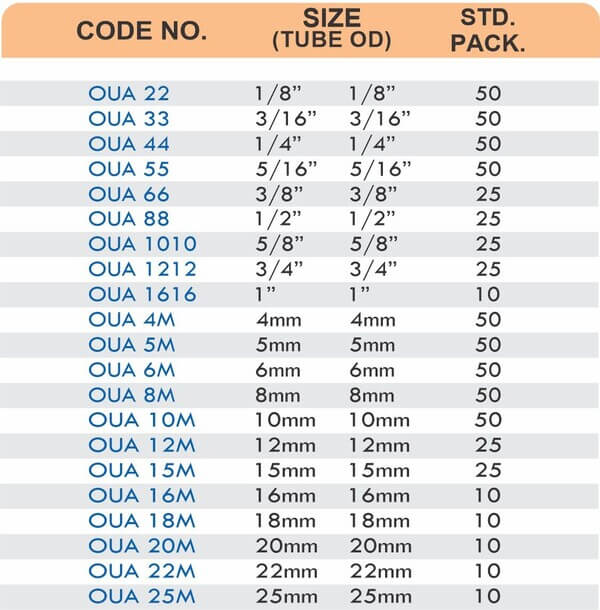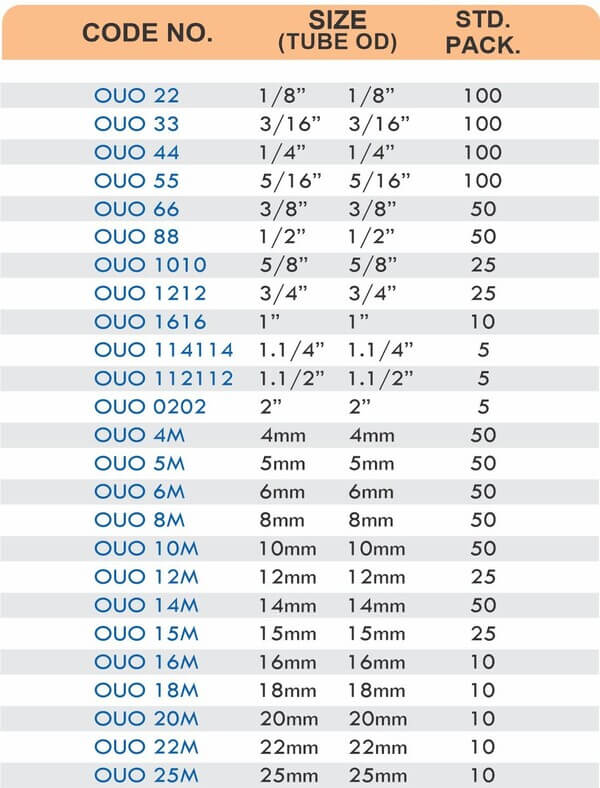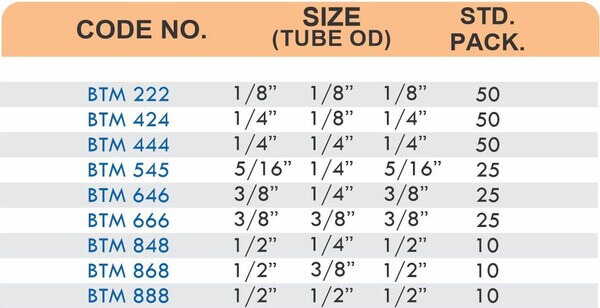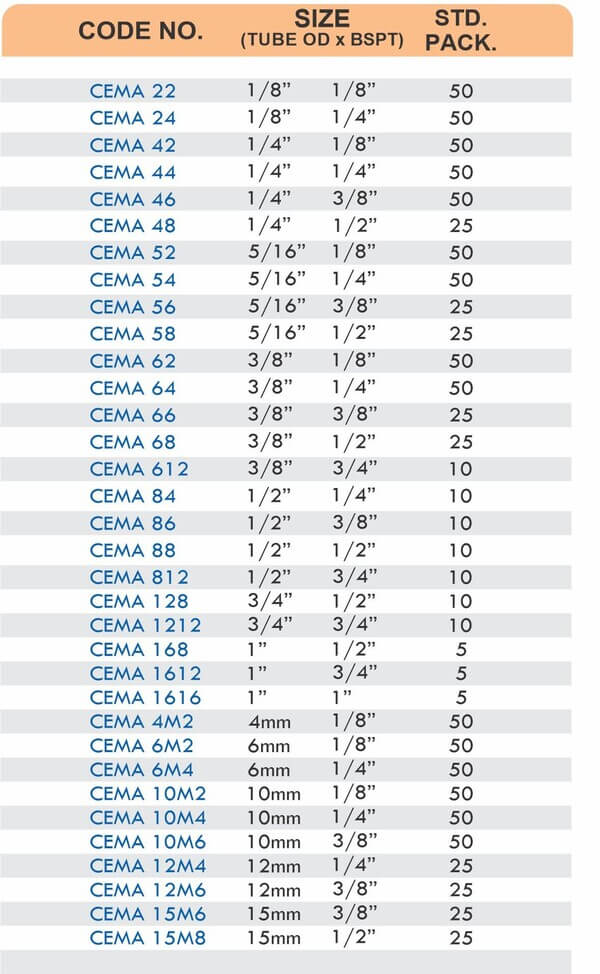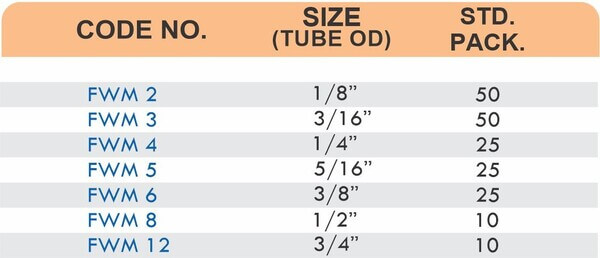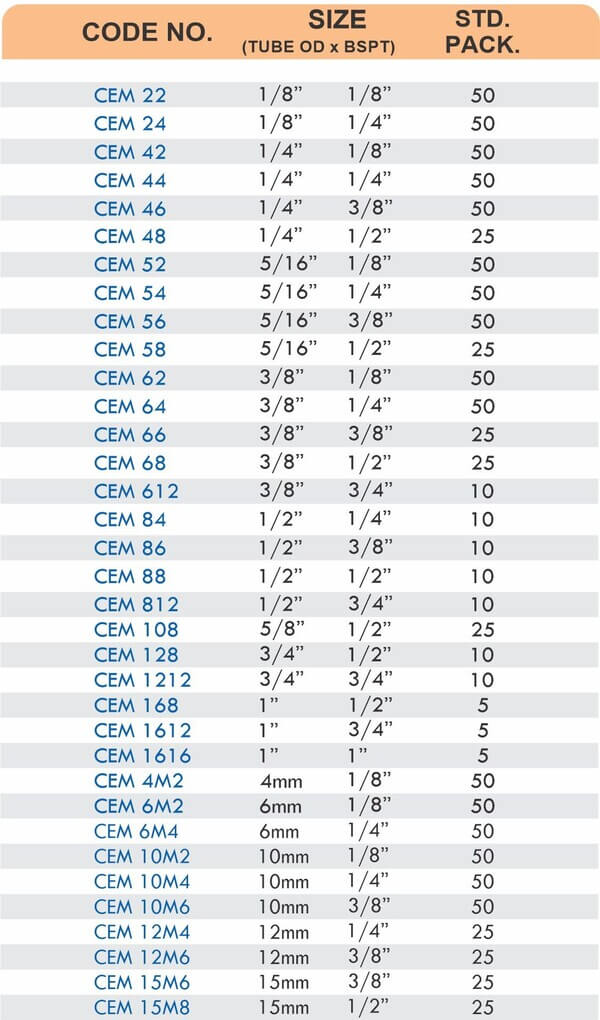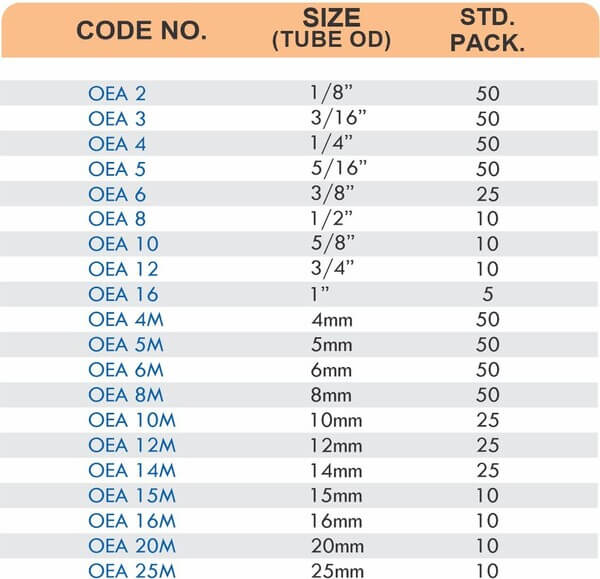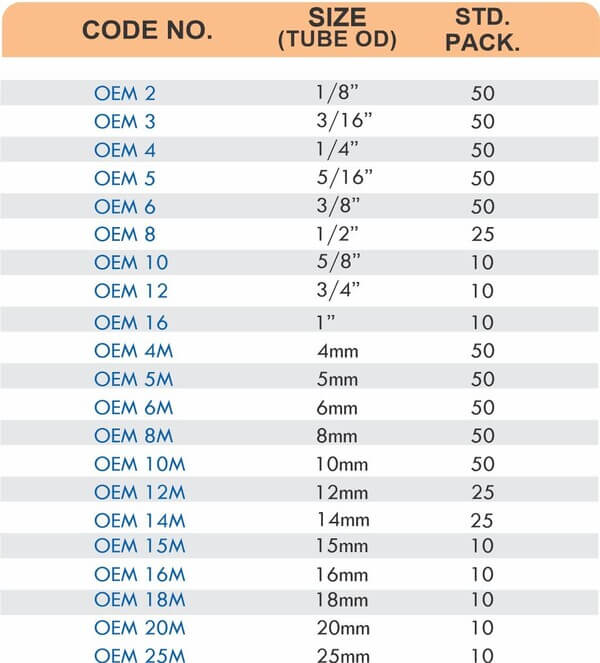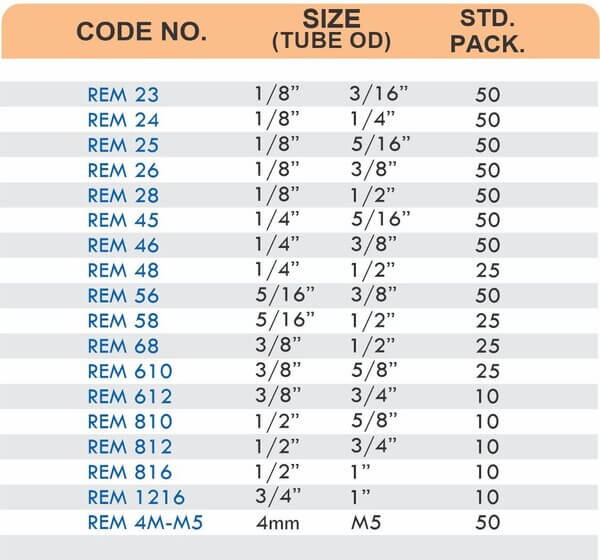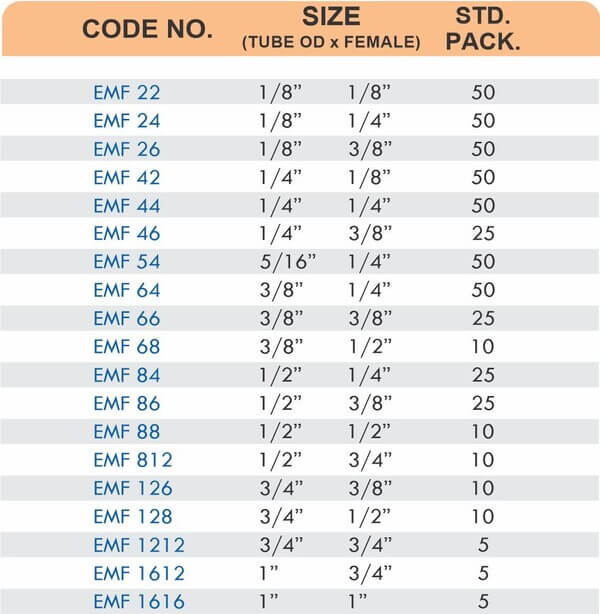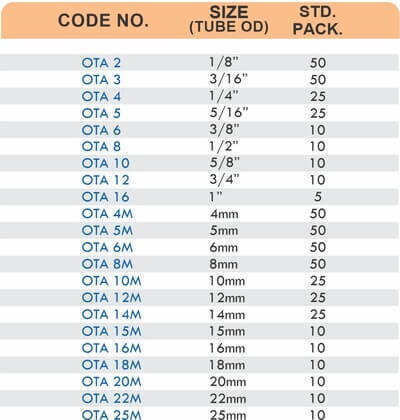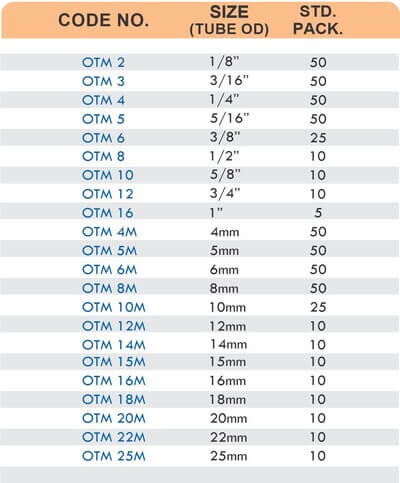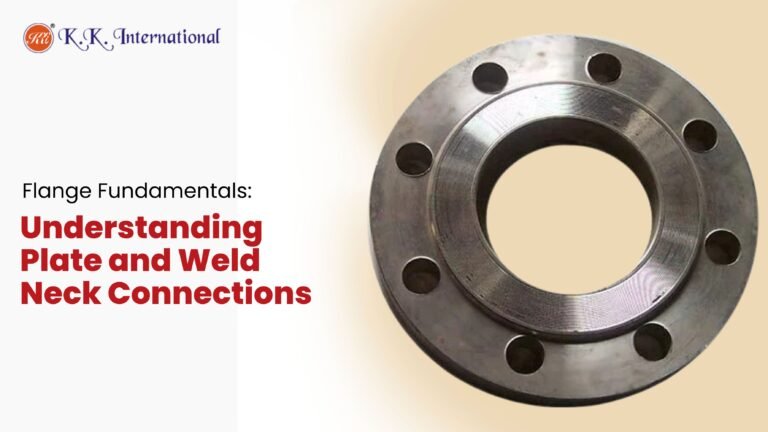
Flange Fundamentals: Understanding Plate and Weld Neck Connections
Selecting the appropriate flange is essential for the safety, performance, and longevity of any piping system. Plate flanges and weld neck flanges each bring unique benefits and are best suited for specific industrial requirements. This guide explores their differences, features, applications, strengths, and selection criteria to help engineers, specifiers, and buyers make informed decisions.
What is a Flange? Why Does It Matter?
A flange is a mechanical device that connects pipes, valves, pumps, and equipment to form a complete piping system. Flanges ensure modularity, ease of assembly/disassembly, and reliable sealing at pipe junctions. The right flange type supports operational safety, streamlines maintenance, and helps systems handle pressure and temperature challenges.
Plate Flanges: Simple, Economical, and Efficient
Key Features of Plate Flanges
Plate flanges are flat, round discs typically crafted from carbon steel or stainless steel. They are welded onto pipe ends and provide a surface for bolted connections. Noted for their straightforward design, plate flanges are:
- Highly affordable due to minimal material and easy machining.
- Lightweight and flat, simplifying installation and transportation.
- Designed for low to moderate pressure and temperature systems.
- Available in a variety of diameters and thicknesses.
- Ideal for water distribution, HVAC, and structural support.
Weld Neck Flanges: For Demanding Environments
Key Features of Weld Neck Flanges
Weld neck flanges are distinguished by a long, tapered hub that gradually transitions from the flange to the pipe diameter. The neck is butt-welded for a strong, integral fit. These design elements provide:
- Superior reinforcement for high-pressure and high-temperature pipelines.
- Excellent stress distribution at the weld joint, minimizing fatigue and failure risks.
- Smoother internal bore alignment, preventing turbulence and reducing erosion.
- Suitability for critical applications in oil & gas, petrochemical, and power generation settings.
Plate Flange vs. Weld Neck Flange: Comparison Table
| Feature | Plate Flange | Weld Neck Flange |
| Design | Flat disc, no neck | Long tapered hub, butt weld |
| Typical Material | Carbon steel, stainless steel | Alloy steel, stainless steel |
| Installation | Fillet welded or lap joint | Butt welded (requires skilled welding) |
| Pressure Capability | Low to moderate | High |
| Temperature Capability | Limited | High/critical environments |
| Cost | Lower | Higher |
| Application Examples | Water lines, HVAC, structural supports | Oil & Gas, steam, high-temp pipelines |
Applications of Plate Flanges
Plate flanges are best for:
- Water Distribution: Suitable for municipal, agricultural, and irrigation pipelines at low pressure.
- Heating, Ventilation & Air Conditioning (HVAC): Common in building and industrial air control systems.
- Structural Frameworks: Provide robust yet affordable connections in infrastructure and buildings.
- Chemical Pipelines: Used selectively in non-critical, non-corrosive applications.
- Affordable Upgrades: Retrofit projects due to ease of manufacture and low cost.
Applications of Weld Neck Flanges
Weld neck flanges serve high-demand sectors:
- Oil & Gas Pipelines: Withstand high pressure/temperature and aggressive fluids.
- Petrochemical Plants: Essential wherever thermal cycling is a concern.
- Power Plants: Including steam, nuclear, and high-pressure water lines.
- Critical Equipment: Used with reactors, heat exchangers, and high-load machinery.
- Aerospace/Defense: When stress and durability are non-negotiable.
Carbon Steel Plate Flanges: The Budget-Friendly Workhorse
Benefits:
- Exceptionally durable and corrosion-resistant, especially when coated.
- Very cost-effective for industries like waterworks and basic process pipelines.
- Flexible to manufacture; can be customized to non-standard sizes or patterns.
- Readily available in India and globally for fast replacements or upgrades.
Forged vs. Plate Flanges: Understanding the Strength Factor
Forged flanges are shaped under high pressure to condense grain structure, boosting strength and impact resistance. Weld neck flanges are usually forged, making them stronger than plate flanges, which are cut from steel plates. Choose forged, weld neck flanges when system integrity is critical, while plate flanges suffice for standard, non-extreme pipelines.
Factors to Consider When Selecting Your Flange
The optimal flange depends on system requirements and project goals:
- Pressure/Temperature Ratings: Higher demands favor welded necks; low pressure allows plate use.
- Installation Skill: Plate flanges are quicker; weld necks require certified welders.
- Budget: Plate flanges are economical; weld necks justify cost via performance.
- Material Compatibility: Match flange to the pipe and media for corrosion and mechanical performance.
- Maintenance Needs: Weld necks reduce leak risks and maintenance in harsh environments; plate flanges are easier to replace in non-critical roles.
Advanced Variants and New Developments
- Long Weld Neck Flanges: Used in process equipment, offer extra support over standard weld necks.
- Lap Joint and Slip-On Flanges: Alternatives for ease-of-assembly or tight space scenarios.
- Surface Coatings/Plating: Modern anti-corrosion layers extend service life for carbon steel plate flanges.
- Digital Tracking: QR-coded or smart-marked flanges for asset monitoring in modern facilities.
Selecting Your Supplier – Why K K INTERNATIONAL?
KK INTERNATIONAL provides expert guidance, a comprehensive portfolio of both standard and customized flanges, and reliable supply chain support. Products are manufactured to international standards (ASME, DIN, EN, BS) and thoroughly tested for performance and compliance. With decades of experience, K K INTERNATIONAL ensures every project gets the right flange, in the right material, at the right price—backed by full technical support from selection to installation.
Conclusion
The choice between plate flanges and weld neck flanges fundamentally shapes the safety, efficiency, and cost profile of your piping project. Plate flanges are ideal for low-pressure and budget-conscious jobs, while weld neck flanges deliver outstanding performance under high-pressure and high-temperature conditions. For every specification, trust K K INTERNATIONAL to deliver the exact solution needed for industry-leading reliability and peace of mind.

